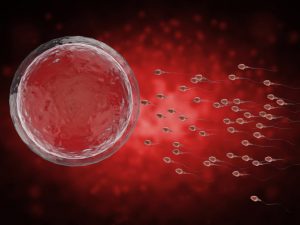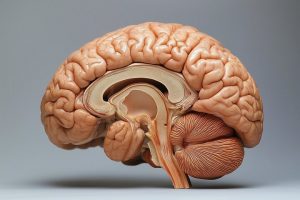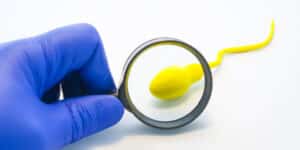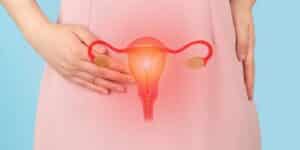Researchers at the Francis Crick Institute have demonstrated that gonadotrophs, cells in the pituitary gland that play an important role in puberty and reproduction, originate from two different populations, with the majority forming after birth rather than in the embryo, as previously thought. A better understanding of when these important cells develop could help researchers and doctors understand and treat disorders that affect puberty and fertility.
Important Findings on Puberty and Reproduction
In the pituitary gland, a small gland in the center of the head that is connected to the brain, gonadotrophs release hormones that stimulate the ovaries or testicles to mature and initiate the production of eggs or sperm. Gonadotropins first appear in the embryo and multiply after birth. A research team at the Crick has previously identified a population of tissue-specific stem cells in the pituitary gland. These are cells that can renew themselves or specialize into any cell type that makes up the tissue in which they are found.
These cells had no obvious function, but under certain circumstances could become any type of hormone-producing cell. In a study published in Nature Communications, the same laboratory has now discovered that these stem cells make up the majority of the gonadotropin population after birth. The team reached this conclusion by genetically labeling the offspring of the stem cells and tracking them as they developed into different cell types in the pituitary gland of mice. By tracking the markers from birth to one year of age, the team found that the stem cell pool became almost exclusively gonadotrophs and not other types of pituitary cells. This process began after birth and continued until puberty, which is referred to as “minipuberty” in mice.
They also showed that the two populations are located in separate compartments of the pituitary gland and that the embryonic gonadotrophs remain in place throughout their lives, while the population derived from stem cells spreads throughout the gland after birth.
The Right Recipe for Producing Gonadotrophs
Next, the team wanted to understand what triggers the stem cells to develop specifically into gonadotrophs. They confirmed that it must be a substance present in the body, as the stem cells could be isolated in the laboratory and become any type of pituitary cell, rather than almost exclusively gonadotrophs, as in young animals. The researchers first blocked a hormone produced in the brain called gonadotropin-releasing hormone (GnRH), which stimulates gonadotrophs to release hormones. This led to smaller ovaries and testicles, but did not prevent the stem cells from developing into gonadotrophs, suggesting that GnRH is not the signal that stimulates their development. Similarly, the removal of sex hormones such as testosterone through the administration of chemical blockers or the removal of the ovaries and testicles had no effect.
Since GnRH and sex hormones did not play a role in the formation of gonadotropins, the team suspects that something in the physiological context, such as leaving the maternal body at birth, is important for gonadotropins to develop at the right time.
Mini-Puberty: A Window of Opportunity
People with a rare genetic disorder called congenital hypogonadotropic hypogonadism (CHH) do not produce GnRH. This means that the gonadotropins are not stimulated to produce hormones that trigger puberty, resulting in absent or incomplete sexual development. Similar to mice, humans also go through a mini-puberty, in which a wave of activity in the pituitary gland occurs shortly after birth and can last from several months to years. Researchers also believe that the same two subpopulations of gonadotropes exist in humans, suggesting that gonadotropes are also produced mainly during mini-puberty.
This highlights that there is a window of opportunity in early childhood to diagnose disorders such as CHH or to check whether gonadotropins are forming properly and intervene if necessary. Early detection could prevent children from failing to go through puberty later in life. Karine Rizzoti, senior laboratory researcher in the Laboratory of Stem Cell Biology and Developmental Genetics at the Crick and co-senior author, said: “We have known about this population of stem cells in the pituitary gland for some time, but it took the right tools at the right time to realize how important they are. Instead of the previously held view that gonadotropes all have the same origin, we have found that there are two waves of generation, one before and one after birth.”
Daniel Sheridan, former PhD student at the Crick and first author, said: “Our discovery that gonadotrophs are mainly formed after birth is important because it highlights an opportunity for intervention that would be difficult if they were mainly formed in the embryo. We have not yet figured out what triggers the stem cells to develop into gonadotrophs, which would help us better treat disorders of puberty.”






